QuestionQUESTION: I have just adopted a 2 year old male husky mix. I have a 6 year old lab mix. I excercise my Husky alot, and do not want himto trash my home, so i have decided to crate him while i work. In the morning i either Jog or rollerblade with him for 1 hour and then give him about 30 minutes play time outside with my other dog.
When I put him in his crate, i give him a soup bone with some of his favorite toys. He hates it and begins going nuts.
I do not want him to be upset, i also walk him one hour at night when i get home.
i need help on making him calm.
ANSWER: Christine,
This is one problem with rescued dogs - you are often unsure of their history and their views on things like crates. I've seen the best results with a modified crate training approach in these cases. If you have a room that you don't mind if the husky is in while you are away, set the crate up in there. Basically, you have to train the dog that the crate is a good thing and to relax while there. Unfortunately, this can take a while, so you kind of have to have a place the dog can be until he gets used to the idea of the crate:
1) Obedience classes. Make sure the dog gets a lot of work on commands. The basics are generally enough, sit, down, stay, heel, come (although with Sibes, the recall command is shaky at best). The important thing is this will give you a foundation on which to build.
2) Encourage activity with the crate as much as possible. Feed the dog in the crate, create a "crate" command, and reward the dog heavily in the crate. You want to associate the crate with as many good things as possible.
3) Once you have a reliable "down-stay" command, start working the dog with that command in the crate. I would suggest the "Crate!" command followed by the "Down. Stay." Then give it just a few seconds and reward the dog for laying down in the crate. Slowly build up to leaving the room for a second, then increase it to longer periods of time.
4) Make the crate as hospitable as possible, but not a play time. A lot of people want to give the dog a lot of toys and comforts in the crate, but what you want the dog really to do while in the crate is relax and sleep, not play and get worked up. Your best bets, a comfortable bed (if the dog likes them), perhaps one chew toy or bone, and then a cover over the crate. Try to make the crate feel dark and secluded - it should be a spot for the dog away from everything else. The crate should emulate a den, and if you've ever seen a den made in the wild - they are tight quarters.
Hopefully that gives you some things to work on. And while I generally am against treat based training, I think in this case, with the crate, treats are a good thing if your dog responds well to them. Basically, anything you can do to make going to the crate fun, do it! What a lot of people do with rescues is crate and leave them, which can work well for puppies, but often times, rescued dogs develop more separation anxiety around that, so you have to move more slowly if they haven't already been crate trained.
Sorry about the delay in getting back to you, AllExperts email didn't get to me until last night that I had some questions in here, but if you need anything else, let me know!
---------- FOLLOW-UP ----------
QUESTION: I have one more problem, When I walk Max and he sees another dog, he starts to scream like a nut. All he wants is to Play, however it is not the time, other dog owners do want to stop and are scared. What is the best trick to stopping this behavior.
AnswerThis one is pretty simple, but there is no trick. Get him into obedience classes as soon as possible and the socialization with other dogs on a regular basis should help quite a bit. It will teach him to act a little more controlled when he sees other dogs, and then, you can work on correcting and molding his behavior a little easier.

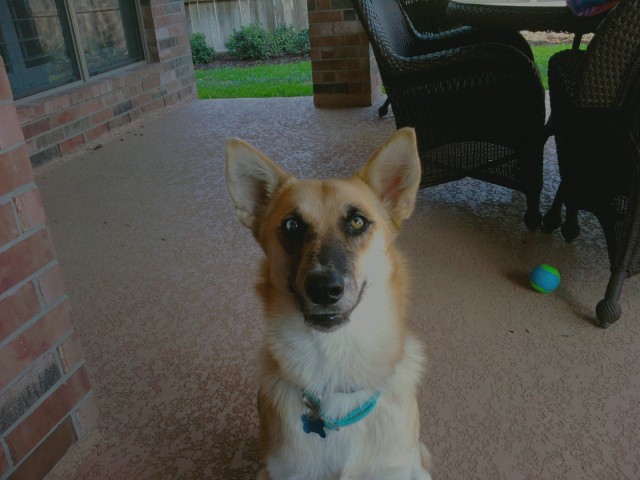 Wondering if my rescued husky mix is not a mix
Question
Ace
I adopted a 7 month old rescue abou
Wondering if my rescued husky mix is not a mix
Question
Ace
I adopted a 7 month old rescue abou
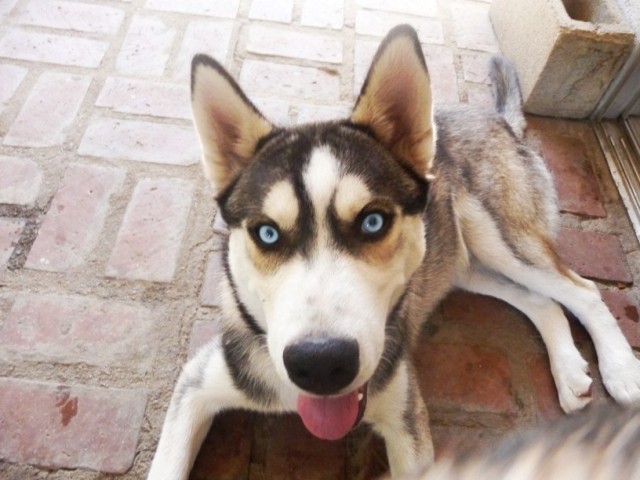 Husky Color
Question
Orion
Hi I have a beautiful 6 months old husky
Husky Color
Question
Orion
Hi I have a beautiful 6 months old husky
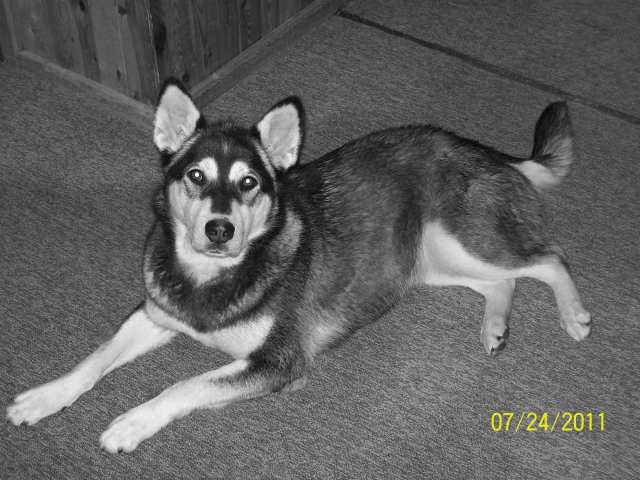 Pregnancy
Question
Diamond in black and w
Is it possible f
Pregnancy
Question
Diamond in black and w
Is it possible f
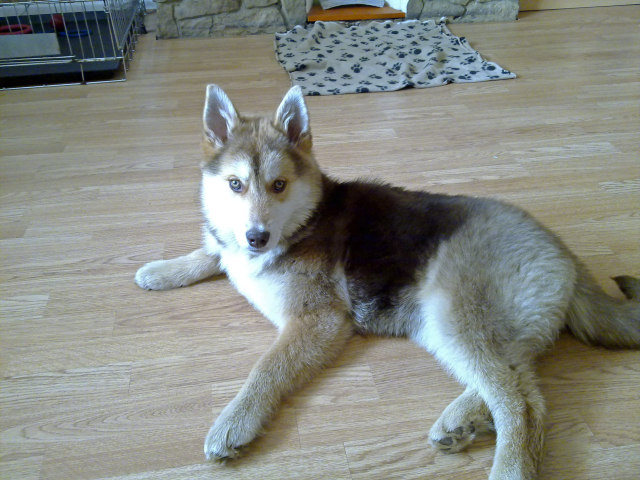 my husky colour
Question
mecca
hi i have recently got my husky mecca. s
my husky colour
Question
mecca
hi i have recently got my husky mecca. s
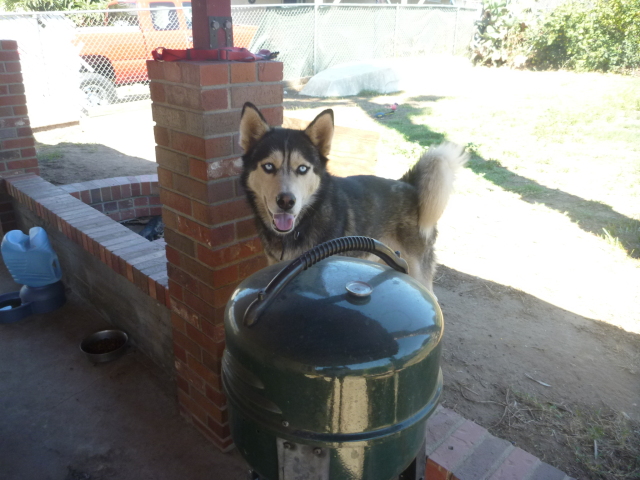 My husky and other dogs.
Question
Kona
My siberian husky, Kona, is 2years old an
My husky and other dogs.
Question
Kona
My siberian husky, Kona, is 2years old an